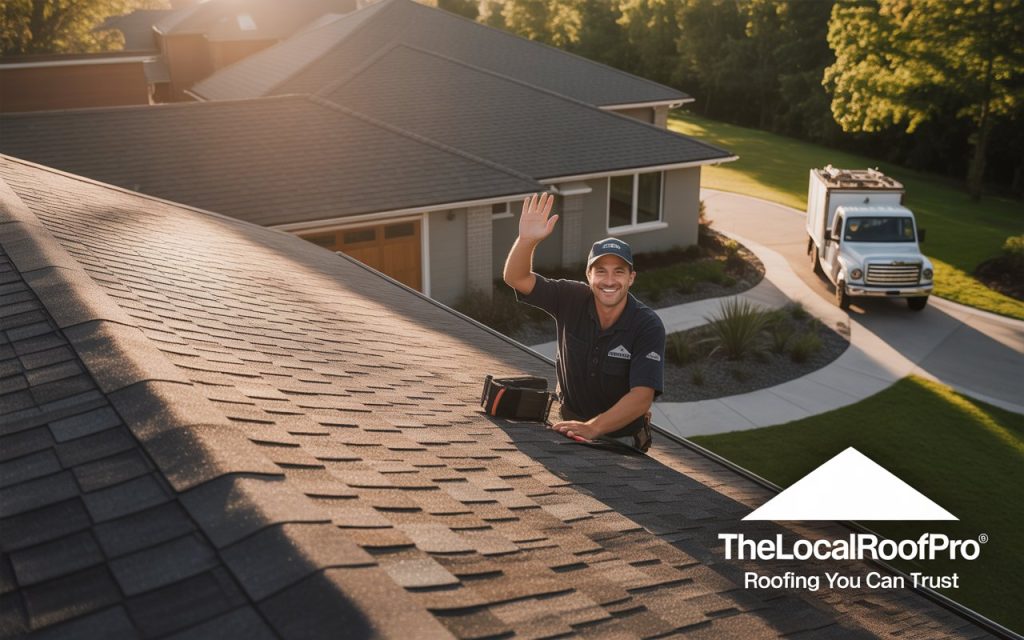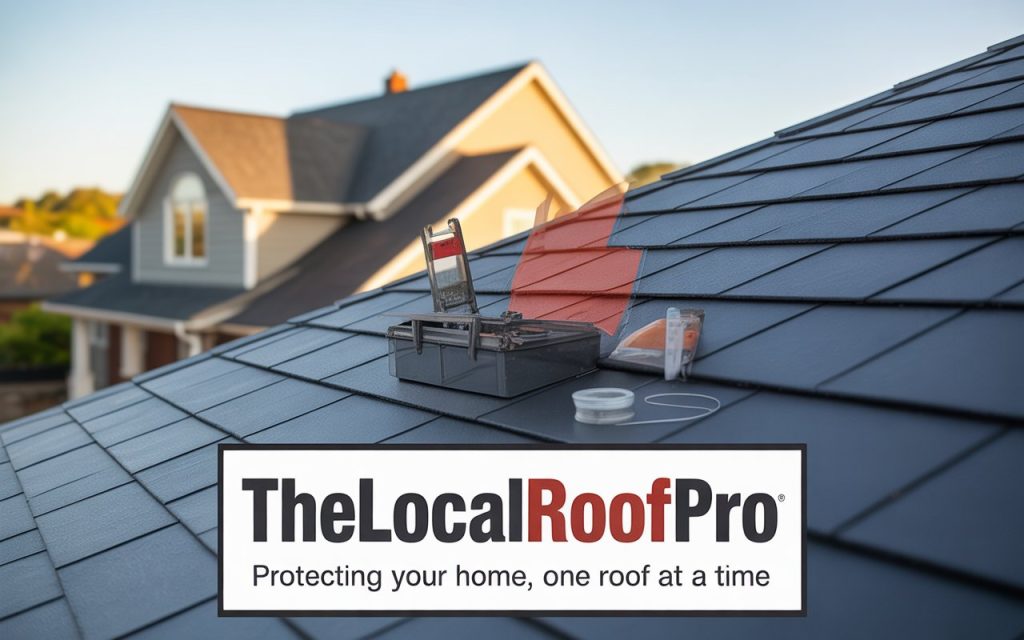A FORTIFIED roof is a special kind of roofing system. It is designed to protect your home from severe weather and home protection risks like strong winds, heavy rain, and hail. This system is not just stronger but smarter than regular roofs. It is part of a program created by the Insurance Institute for Business & Home Safety (IBHS) to make homes safer and more durable.
This roof can reduce damage during storms and even help save money. Many homeowners across the United States are now choosing this system because of the benefits of a fortified roof. When a hurricane or tornado strikes, a regular roof can fail. A FORTIFIED roof holds strong with better roof edge reinforcement, impact-resistant shingles, and secure installation methods like ring-shank nails.
Introduction to FORTIFIED Roofs
When choosing a roofing company, homeowners often look for reliability, safety, and long-term protection. A trusted roofing contractor can make all the difference between a roof that lasts decades and one that fails under stress. Whether you’re repairing storm damage or upgrading to modern materials, working with a licensed roofing professional is essential for success.
Residential roof installation requires experience, proper certifications, and attention to detail. That’s why hiring an expert roofing service provider ensures your home remains safe during extreme weather. With growing climate challenges, it’s more important than ever to choose a company that specializes in durable, storm-ready roofing systems.

How Does a FORTIFIED Roof Work?
A FORTIFIED roof uses advanced techniques to protect every part of your home. It starts with the roof deck sealing, a process that prevents water from entering your attic. After that, roof edge reinforcement is added to stop wind from lifting the edges of the roof.
It also uses impact-resistant shingles to prevent cracks from hail or debris. Instead of smooth nails, builders use ring-shank nails. These grips better and provide stronger holding power. Together, these materials and methods give excellent roof blow-off protection.
Key Differences: FORTIFIED Roof Vs Traditional Roof
The difference between conventional and fortified roof systems is clear. Traditional roofs often use simple materials and basic nails. They’re fine for calm weather, but during a storm, they can fail quickly.
Levels of the FORTIFIED Roofing System
There are three main levels in this system. FORTIFIED Bronze protects only the roof. FORTIFIED Silver adds protection for doors and windows. FORTIFIED Gold is full home protection.
Bronze includes roof upgrades like better nailing and sealing. Silver strengthens the openings. Gold makes sure everything — from the roof to walls — is ready for storms. Each level offers better severe weather home protection than the last.
Benefits of Having a FORTIFIED Roof
Homeowners gain many benefits of a fortified roof. These include insurance savings from fortified roofs, lower repair bills, and more peace of mind. A FORTIFIED roof can also increase your home’s value.
It makes your home more appealing to buyers and safer for your family. Homes with these roofs often qualify for home insurance discounts. Some states even offer grants for upgrades. This is why many people ask: are fortified roofs worth it? The answer is yes.
Is a FORTIFIED Roof Worth It? Cost vs Long-Term Savings
The fortified roof installation cost may seem high at first. But the savings are real. You spend once and save for years. A stronger roof means fewer repairs. It also means you may not need a full replacement after a storm.
That’s the beauty of the cost vs long-term savings of roofing. According to IBHS, these roofs can reduce damage costs by up to 50%. Add in home insurance discounts, and the investment pays for itself faster than expected.
Who Is Eligible for a FORTIFIED Roof Program?
Anyone in the U.S. can choose to upgrade. But people living in storm-heavy areas benefit the most. States like Florida, Alabama, North Carolina, and Texas offer incentives and support.
To qualify, you must work with a certified fortified roof inspector and a certified builder. They’ll make sure your roof meets the IBHS standards. These include roof inspection, sealing, and other required upgrades.

How to Get a FORTIFIED Roof Installed?
Start with a proper roof inspection. This will tell you what needs to be changed. Then contact a professional contractor trained in FORTIFIED methods.
They will check for materials used in fortified roofing and give a full plan. Steps include upgrading the roof deck sealing, installing impact-resistant shingles, and adding strong edges. Once done, the roof is certified.
Where Are FORTIFIED Roofs Most Popular?
These roofs are growing fast in the South and coastal areas. Homes in Florida, Alabama, and Louisiana use them often. Texas is also seeing a rise because of hail and windstorms.
In these areas, severe weather home protection is a must. FORTIFIED roofing is now recommended by many insurance companies. It helps lower risk and cost for homeowners.
Final Thoughts: Should You Invest in a FORTIFIED Roof?
If you’re wondering how to know if you have a fortified roof, look at your papers or ask a contractor. If your roof lacks sealing or upgraded edges, it might not be certified.
Making the switch gives big rewards. From roofing certifications to strong storm resistance, it’s one of the smartest roof upgrades you can make. The importance of roof strength in hurricanes can’t be ignored — and FORTIFIED roofs are built to last.
FAQs
Q: What time of year is the cheapest to replace a roof?
Winter—especially late fall to early winter—is typically the most affordable period to replace a roof. During this off-season, demand drops, and many contractors offer competitive pricing to stay busy
Q: Should I pay a roofer in cash?
It’s generally safer not to pay in cash. Reliable roofers request a 10–30% deposit and accept traceable methods like credit cards, debit cards, or checks. These offer better protection and documentation if the contractor fails to complete the job
Q: Why is replacing a roof so expensive?
Roof replacement cost varies due to material choice, roof size/complexity, labor rates, permits, and waste disposal. Asphalt shingle roofs typically cost between $4 and $11 per square foot (labor + materials), contributing to full-project costs that range broadly depending on location and roof type
Q: How to get a discount on a new roof?
Consider scheduling your project during off-peak seasons (late fall, winter, or early spring) to take advantage of lower labor demand and potential contractor discounts
Q: How much should I spend on a roof?
Average roof replacements fall between $5,800 and $9,500, but can exceed $47,000 for premium materials or larger homes. Exact cost depends on your roof’s square footage, complexity, and chosen materials

